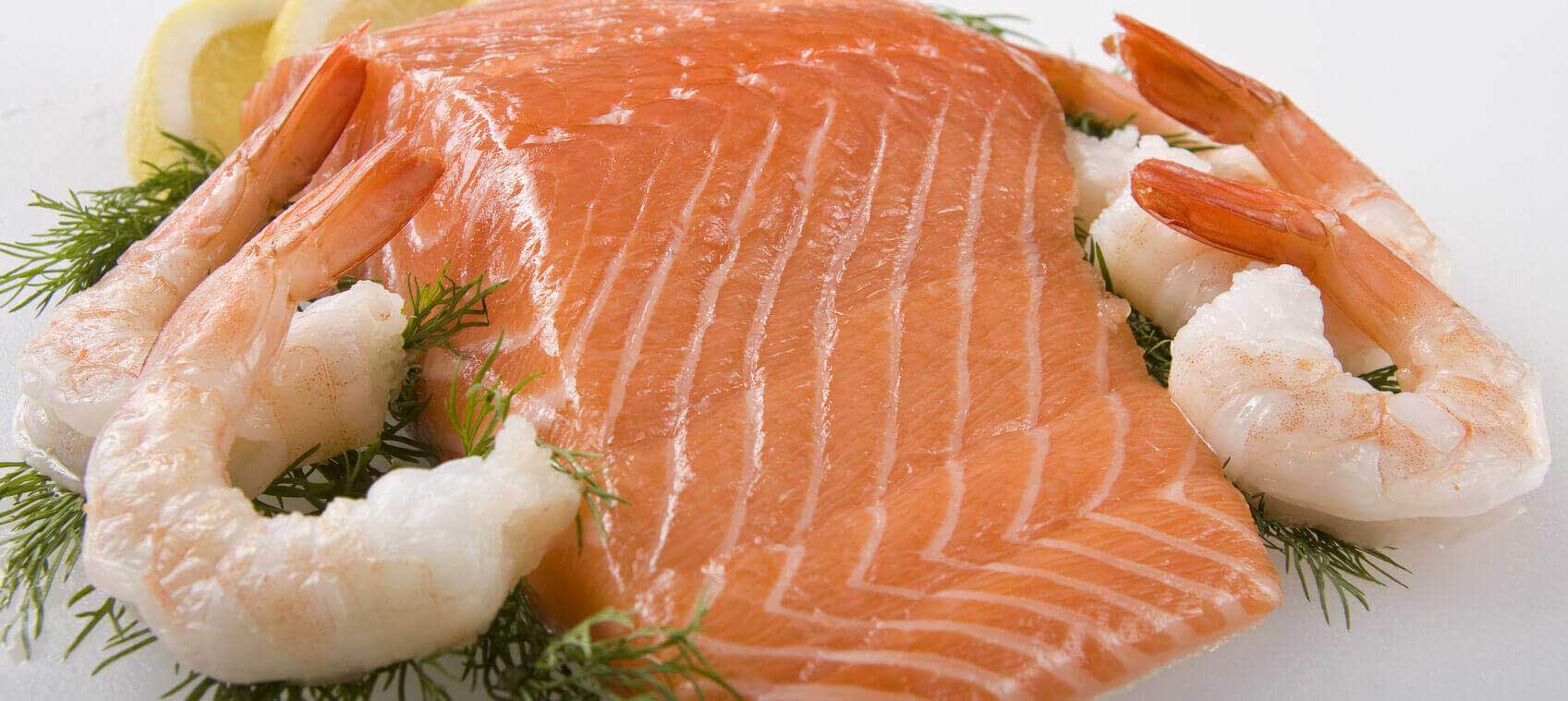
Are you feeling “in the pink?” This old expression—which means you’re feeling great and at the peak of health—may seem out-of-date, but it’s perfect when it comes to discussing one of the most powerful antioxidants for heart health and overall well-being: astaxanthin.
Astaxanthin is the amazing carotenoid that gives salmon, crab, shrimp, and lobster their distinctive pinkish hues. Sometimes called the “king of carotenoids,” astaxanthin not only contributes to the color of these foods but also protects these species from free radicals and oxidative stress due to its dynamic antioxidant properties.
I often refer to astaxanthin as the “wonder antioxidant,” because its ultra-potent antioxidant capabilities benefit just about every part of your body.
Astaxanthin and Your Heart
In the past few years, there have been dozens of peer-reviewed articles in the medical literature citing astaxanthin’s notable cardiovascular benefits. Of particular note are studies that have shown astaxanthin’s ability to help:
- Prevent the oxidation of fats in the body
- Maintain healthy triglyceride levels
- Support C-reactive protein (CRP)
- Boost beneficial HDL cholesterol—which is exceptionally hard to do
In a study reported in Atherosclerosis, patients taking astaxanthin for a 12-week period saw their triglyceride levels decrease, while their HDL cholesterol levels increased significantly.
Another study published in Nutrition & Metabolism examined astaxanthin’s effect on CRP. CRP is a marker for blood inflammation and heart disease risk that is directly associated with overall heart and cardiovascular health. During an 8-week period, study participants receiving 2 mg of astaxanthin saw their CRP level decrease.
Astaxanthin and Blood Pressure...And More
In addition to helping to promote healthy CRP and lipid profiles, astaxanthin appears to have a beneficial effect on blood pressure readings. In a number of rat studies, astaxanthin reduced blood pressure in the animals. And in one of the studies, astaxanthin was thought to improve vascular elastin levels and arterial wall thickness, while also having a favorable effect on oxidation, all of which have been identified as predisposing factors for hypertension.
On top of all that astaxanthin can do for your heart health, I’d be missing a big part of the story if I didn’t at least briefly mention how astaxanthin can benefit the rest of your body.
In particular, astaxanthin is a rare carotenoid that can readily cross the blood-retinal barrier, which makes it very effective in supporting eye health. And it can even enhance skin health, improving skin elasticity and moisture content, as well as boost your immunity.
How to Reap Astaxanthin’s Benefits
As healthful as astaxanthin is, it’s unfortunate that your body does not produce it naturally. That means you must get astaxanthin through your diet or by supplementation.
Seafood such as salmon, shrimp, and crab are a great way to add astaxanthin to your diet. Wild Alaskan salmon is my favorite, with its heart-healthy omega-3s. Yet, supplementing with 6 to 12 mg of astaxanthin per day (as I do) is ideal for reaping the most benefits from this outstanding antioxidant.


